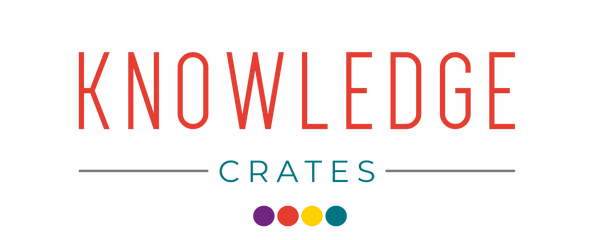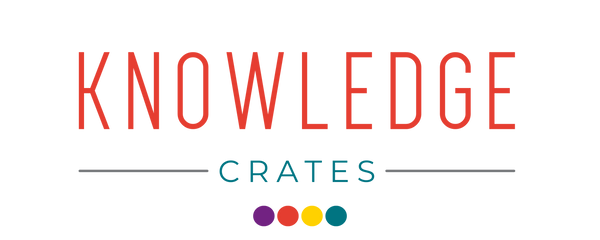This is a beautiful well thought out crate of such engaging content! This has been a wonderful way for my kids to learn and have fun while doing so. There are so many great activities and hands on fun. There books are really fantastic as well! We may just have to get every crate we can. We are very impressed!
Full of great content to give early exploration a chance!
Love the tailored content for kids to explore hands on








